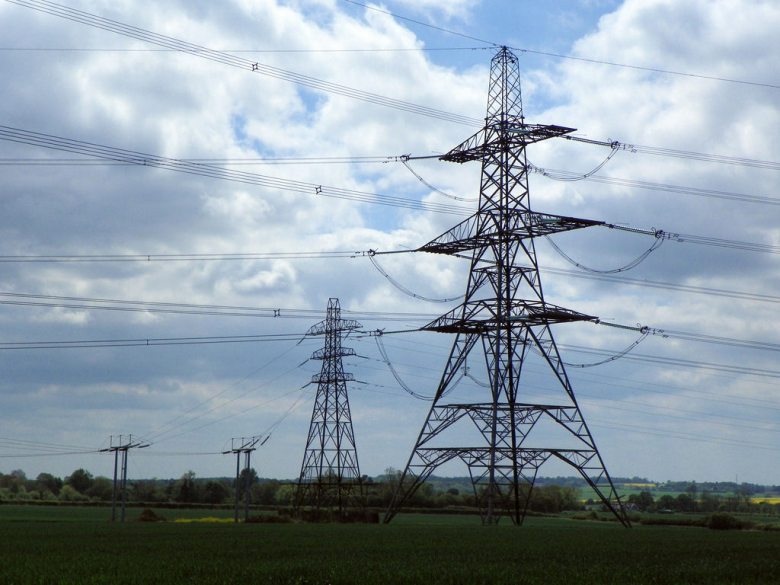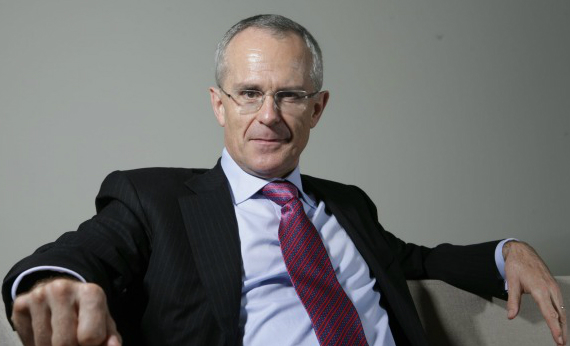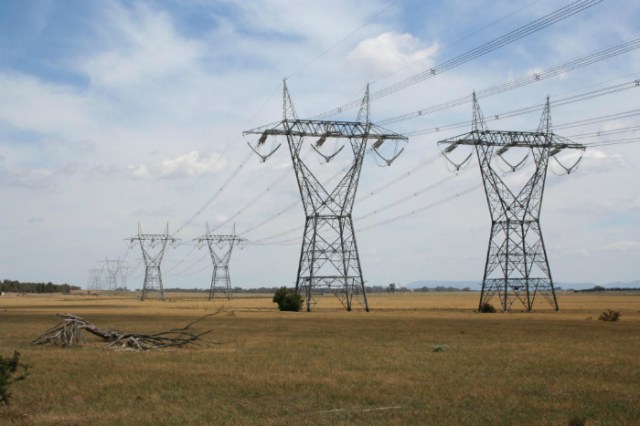
The Morrison government is tasking the Australian Energy Regulator (AER) to introduce default prices across electricity retailers by April 30 2019, saying savings will be passed on to small businesses by July 1.
The PIAA is backing the scheme, saying it has the potential to address the concerns of printers in regards to inconsistent pricing that lacks clarity.
The plan for a price safety net is the Coalition’s response to the ACCC’s inquiry into electricity costs earlier this year, with the print body supporting the recommendations made by the consumer watchdog. The report claimed a default price in place of a standing offer could save small and medium business around $1450-$2250 or around 30-35 per cent per year, with more than 20 per cent of small businesses currently being on high standing offers.
Prime Minister Scott Morrison added in a press conference addressing the plan, “For small business customers, savings can be as high as $3,500 a year in South Australia and just under $1,000 in the ACT.”
Other measures the Coalition is incorporating in its plan include banning late payment penalties, making retailers pass on savings in wholesale prices to customers, a programme to back investment in new power generators and requiring energy suppliers to sign contracts guaranteeing enough energy to meet demand.
The regulator will have more authority to crack down on anti-competitive practices, through fines, penalties and other reparations. The government is proposing an agenda for the COAG Energy council including higher penalties of up to $10m for breaches of the National Electricity Law and other related rules.
Paul Mitchell, industrial relations manager at the PIAA says, “Our preliminary view is that this is a good policy with potential and intention to drive the decrease of prices for small businesses, particularly in South Australia.
“The common theme from the industry is a desire for consistency and clarity in pricing. Based on the feedback we have received, the policy will be welcomed.
[Related: PIAA backs ACCC energy recommendations]
“The key thing is a fixed price. Retailers have been taking far higher margins than the costs for electricity, which was unfair to consumers.
“Printing Industries still maintains that anything to do with price fixing or control should also include policy for increasing power, to place downwards pressure from a supply perspective.
The Australian Energy Market Commission found that small businesses could be paying up to $3,457 more per year than the cheapest market offer in some regions.
Mitchell adds, “The government has needed to combat rising prices of electricity. We have been lobbying for a long time to achieve this. Its decision to adopt pricing recommendations from the ACCC’s inquiry is welcomed.
“There is a period of consultation with retailers, as to what that looks like, there has been opposition there. For small businesses and our industry, the forecast looks good.
“The Opposition is yet to say if they will support it and the lead time to implementation is long. We want to see what will happen.”
The PIAA has called for the government to act previously, fearing impacts for jobs in the print industry.
Minister for Energy Angus Taylor MP says, “For too long, consumers, customers, have been getting a raw deal. The ACCC has told us this, other regulators tell us this and Australians tell us this.
We know the energy market has not worked in the interests of consumers, households and small businesses as well as larger businesses. We need to get the energy companies under control, to stop the rip-offs.”
Comment below to have your say on this story.
If you have a news story or tip-off, get in touch at editorial@sprinter.com.au.
Sign up to the Sprinter newsletter


